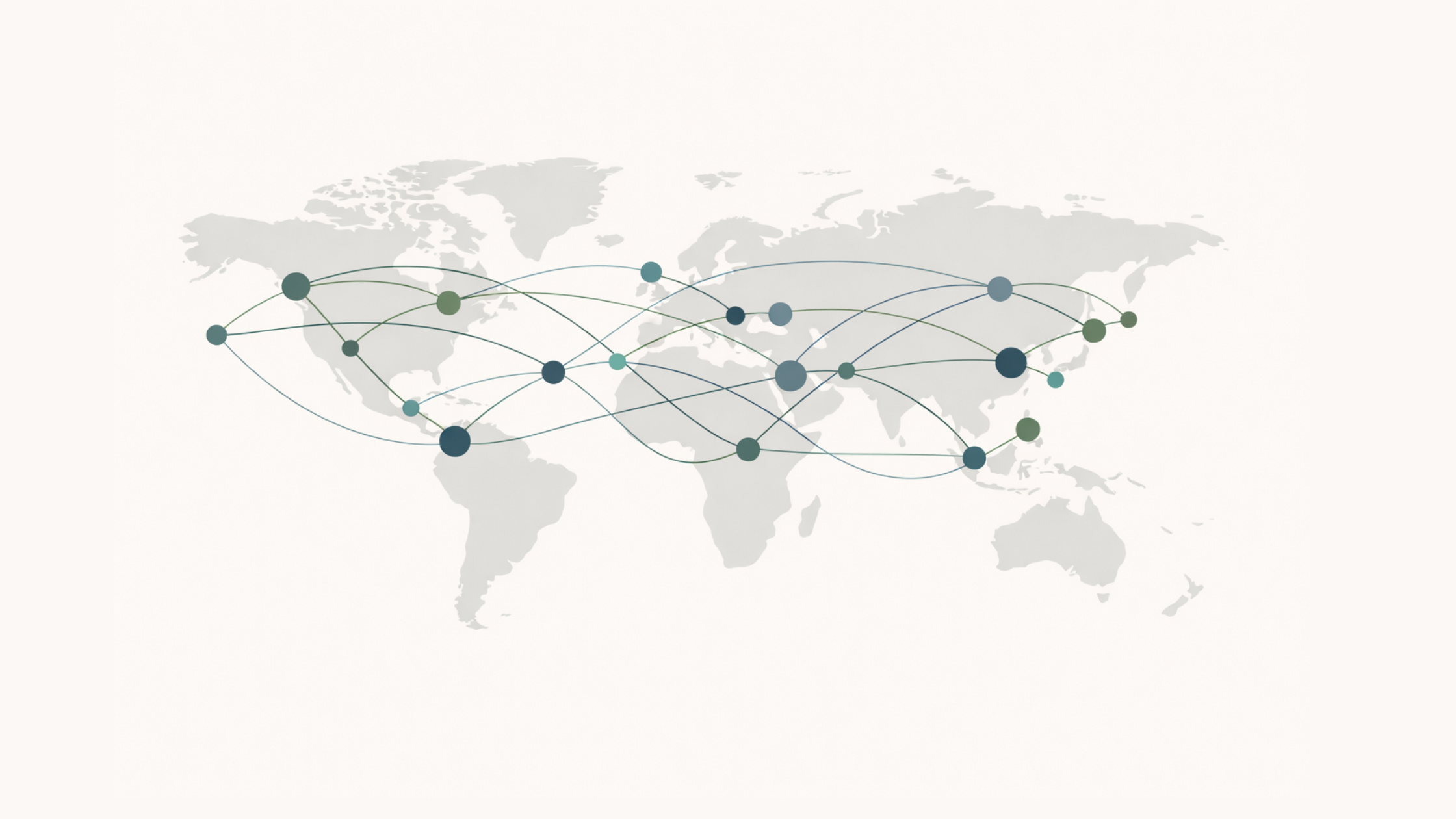The United Nations Development Program (UNDP) has been publishing an independent Human Development Report (HDR) for almost twenty years. Its associated Human Development Index (HDI) is well-respected, broad (182 countries), and widely read (they translate it into a dozen languages). In contrast, our CSRHUB ratings system has just recently launched and is not nearly as well known. While we cover more companies (more than 5,500) and countries (66) than any other source of corporate social responsibility information, we can’t claim the same level of authority or readership as the HDI.
Further, our ratings describe company behavior—the HDI talks about countries. Should there be a connection between these two data sets? One could hypothesize either that countries with a good HDI score produce socially positive companies or that socially positive companies help foster a business climate in their countries that addresses human development. Either way, we could see a correlation between our average Community rating (which contains information about community development, philanthropy, human rights, supply chain issues, and product quality) and the HDI.
We only have enough data to match up 52 of the 66 countries we cover, with the HDI information. Still, a 50+ point data set should be enough to reveal if there is a meaningful relationship between two sets of data. When we graph our 0 to 100 country score against the HDI’s 0.0 to 1.0 range, we see only a 3% correlation. This suggests they may be no relationship between company behavior and country norms.
 Notice the cluster of data points to the right and the long tail of points that stretches to the left? Most of the points on the right (with good HDI values) are for developed economies. The tail to the left includes smaller, less developed countries. Many of the less-developed countries have only a few major publicly-traded companies. The social standards set within these major companies may not be representative of the general level of social performance of companies in those countries.
Notice the cluster of data points to the right and the long tail of points that stretches to the left? Most of the points on the right (with good HDI values) are for developed economies. The tail to the left includes smaller, less developed countries. Many of the less-developed countries have only a few major publicly-traded companies. The social standards set within these major companies may not be representative of the general level of social performance of companies in those countries.
If we remove countries where we have a small number (fewer than 20) of companies and exclude the still-developing economies of India and South Africa, we find a much stronger (27%) relationship between our community rating and the HDI.
 The connection between these data sets is still not perfect. For instance, our top three countries on the Community score within this set are France, the Netherlands, and the UK. The top HDI scores for this set of countries are for Australia, Norway, and Canada. We need to have more data points over a longer baseline (our site has only been up for about six months) before we can claim to have proven a relationship. Still, it is encouraging to see signs of a connection between companies and their countries.
The connection between these data sets is still not perfect. For instance, our top three countries on the Community score within this set are France, the Netherlands, and the UK. The top HDI scores for this set of countries are for Australia, Norway, and Canada. We need to have more data points over a longer baseline (our site has only been up for about six months) before we can claim to have proven a relationship. Still, it is encouraging to see signs of a connection between companies and their countries.
What about that tail of developing and smaller companies? The Community scores in our system were generally better than the formula from the developed-company correlation would predict. This suggests that the top companies in these countries have standards for their social performance that exceed what we might otherwise expect. Perhaps this is due to these companies being exposed to pressure from overseas customers and investors, to perform better on human issues? Many of these companies are listed on foreign stock exchanges and some have already started producing CSR reports. (50% of the companies we cover in South Africa have done CSR reports, but only 10% of those in India.)
If companies follow the standards of their country—and improve as their countries improve—we should see the gap between the HDI score and our score close up, over time. If countries follow the example set by their leading companies, we might see company scores continue to improve and the HDI/CSRHUB Community score gap stay the same. We will try to revisit this analysis a year from now, and see how things have changed.

.png)
